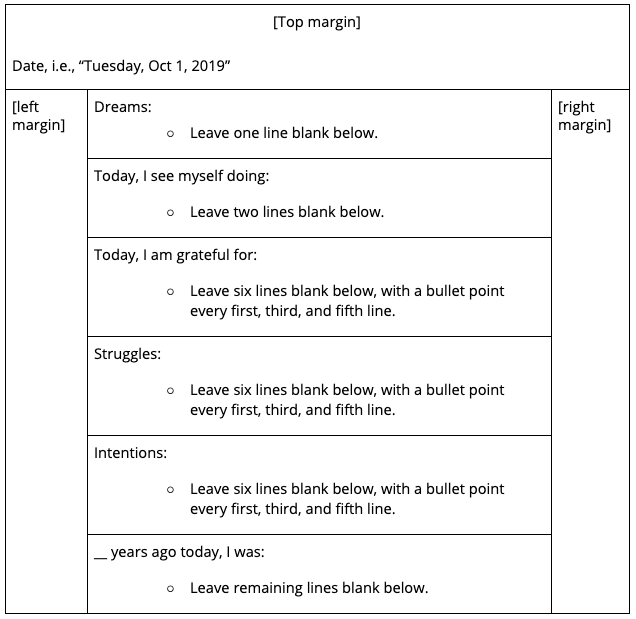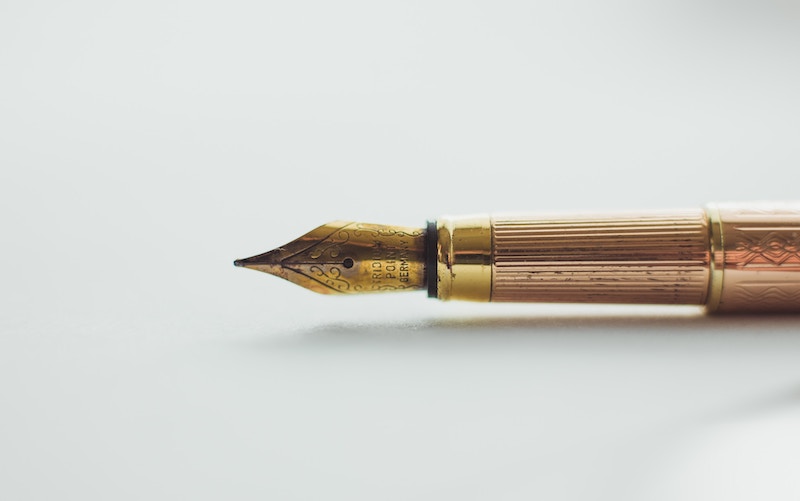Starting Your Daily Journal. Part 1: Setup
Episode #1 of the course A daily journal practice to become a better person every day by John Robin
“The unexamined life is not worth living.” —Socrates, Greek philosopher, founder of Western philosophy
Welcome to our course on a new, transformative journal practice that will help you become a better person.
My name is John Robin. I’m an author and entrepreneur. I especially enjoy writing educational nonfiction. I’ve now written 13 Highbrow courses about writing, math, science, productivity, and health, with my most recent one on meditation.
I have written a great deal for Highbrow. I am a teacher at heart and especially enjoy teaching through writing. Yet all this time that I’ve written about how to improve, how to meditate, and how to be healthy, I’ve left out the keystone to my success: my daily journal practice.
For those of you who have taken my other courses and enjoyed them, we’re now going to level up as we explore exactly how you can implement a journaling practice that will help you improve every day.
How the Daily Journal Works
The daily journal helps you track specific gratitude, struggles, and intentions within the context of each given day. Across multiple days, you will be able to assess patterns, as well as your ability to follow through on your intentions and daily visualizations. The more you do it, the more power you gain to understand yourself and what you are becoming.
Before we begin, you will have to make two time commitments:
• three to five minutes every morning before you start your day
• seven to ten minutes every evening before you go to bed
This journal will not work if you can’t make these commitments, so stop right now and think about how you could make this happen.
Basic setup. Today, we’re going to focus on setup, so you can appreciate the components you’ll track each day. Tomorrow, we’ll focus on the method to get you started. The remaining eight lessons of the course will cover each component in depth, to help you go from a simple bullet journal to a journey of self-mastery.
The journal itself. I recommend you use a Hilroy 24.7cm x 19cm, 200-page lined notebook. These have 29 lines per page and margins on each side, which is perfect for the number of bullet point sections you will fill in each day.
If you don’t get this exact kind, just make sure you get a bound notebook that has at least 29 lines per page and similar dimensions.
The layout for each page. The layout for a sample page is shown in the following table:

Section breakdown. Let’s talk briefly about what each section is for. We’ll go more in depth during each in the upcoming lessons, but for now, here’s a quick runthrough:
• Dreams: what you remember dreaming when you wake up
• Today, I see myself doing: a visualization of the main beats of your day
• Today, I am grateful for: the top three things that happened today that you are grateful for
• Struggles: the top three struggles from the day
• Intentions: your top three intentions for tomorrow
• __ years ago today, I was: what you remember doing / your state of life a given number of years ago
You will also learn about a few ways to use the top, left, and right margins when we delve into dream analysis on Day 9 of the course.
That’s everything you need to know about setup!
Today, we’re keeping it simple. This is the foundation of the daily journal. Each lesson to come, we will add a little more to it, but we will always add from this basic foundation, so be sure to copy down this layout now.
Homework
Your homework is to get a notebook and set it up just like I’ve shown you. If you get a Hilroy notebook or something similar, you’ll do one day on each page, so when you have it flipped open, you’ll see a day on the left and the following day on the right.
Tomorrow, we’ll take the next steps: the method involved to get started with the journal, then to keep it going—ad infinitum!
Recommended book
Share with friends

